Home>Home Appliances>Home Automation Appliances>How Do I Know If Alexa Is Listening
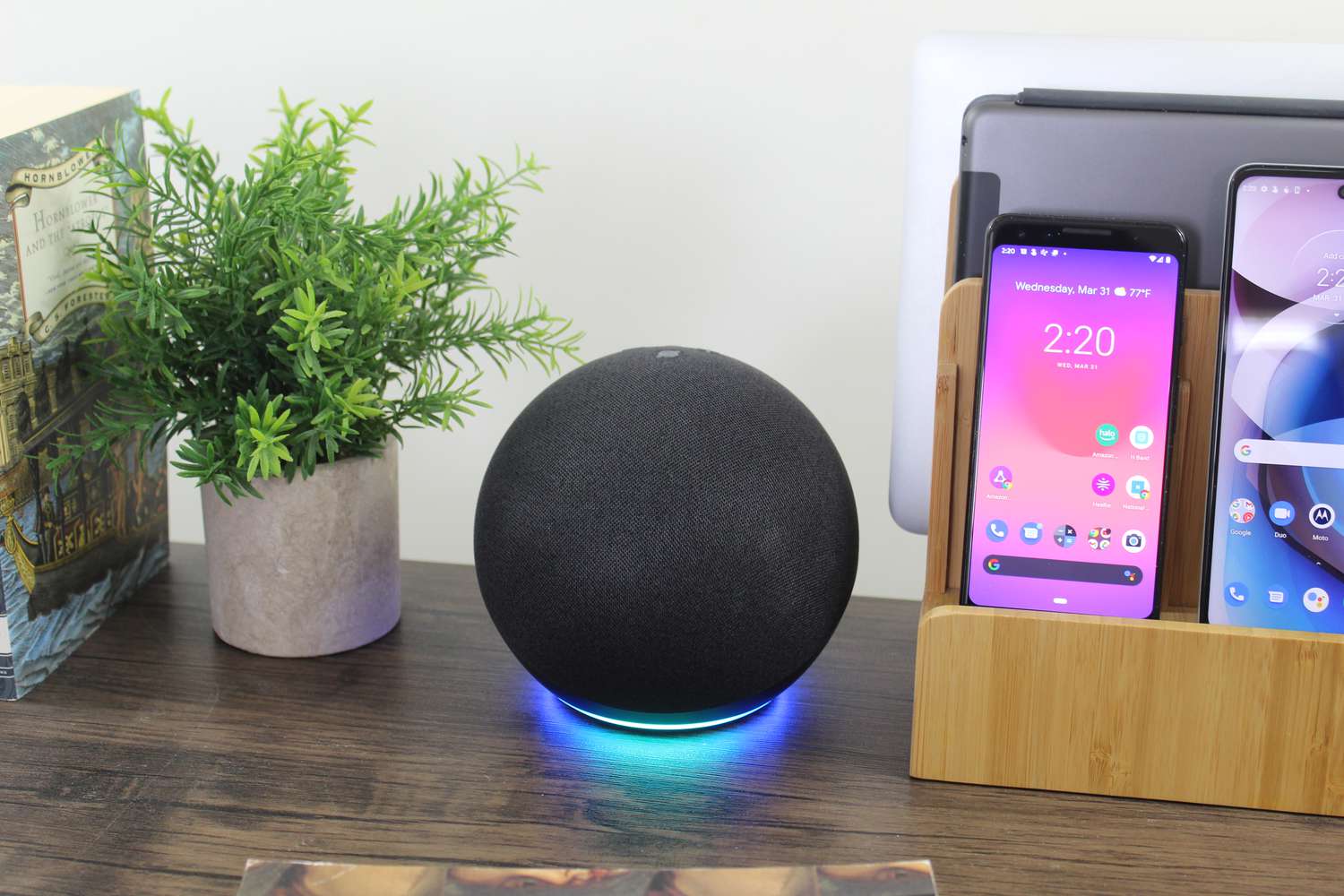

Home Automation Appliances
How Do I Know If Alexa Is Listening
Modified: January 9, 2024
Learn how to determine if Alexa is listening and ensure the privacy of your home automation appliances. Discover tips and tricks for peace of mind.
(Many of the links in this article redirect to a specific reviewed product. Your purchase of these products through affiliate links helps to generate commission for Storables.com, at no extra cost. Learn more)
Introduction
Welcome to the age of smart homes, where voice-activated assistants like Alexa have become an integral part of our daily lives. With the ability to play music, provide weather updates, set reminders, and control smart home devices, Alexa has revolutionized the way we interact with technology. However, as with any advanced technology, concerns about privacy and security naturally arise. Many users wonder, “How do I know if Alexa is listening?” In this comprehensive guide, we will delve into the inner workings of Alexa, explore privacy concerns, and provide valuable insights into determining whether Alexa is actively listening. Additionally, we will offer practical steps to ensure your privacy and peace of mind when using this remarkable voice assistant.
Key Takeaways:
- Alexa listens for its wake word, like “Alexa,” before recording. Look for the blue light to know when Alexa is actively listening. Take steps to manage privacy settings and review voice recordings.
- To ensure Alexa isn’t listening unintentionally, mute or disable the microphone, review and delete voice recordings, and customize privacy settings. Stay informed about updates and educate household members about privacy risks.
Read more: How To Know If Alexa Is Listening
How Alexa Works
Alexa, the virtual assistant developed by Amazon, operates through a network of interconnected processes that enable it to comprehend and respond to user commands. When you speak a wake word, typically “Alexa,” the device begins recording the audio that follows. This data is then transmitted to Amazon’s servers, where it undergoes natural language processing to decipher the user’s intent. Once the user’s request is interpreted, Alexa executes the corresponding action, whether it’s providing information, controlling smart home devices, or performing a myriad of other tasks.
Behind the scenes, Alexa employs advanced algorithms and machine learning to continuously improve its ability to understand and fulfill user requests. This constant learning process allows Alexa to adapt to individual speech patterns and preferences, enhancing its overall effectiveness as a virtual assistant.
Furthermore, Alexa integrates with a wide array of smart home devices, enabling users to control their lights, thermostats, locks, and more through voice commands. This seamless integration has made Alexa a central hub for home automation, offering unparalleled convenience and accessibility to users.
It’s important to note that while Alexa continuously listens for its wake word to activate, it is designed to only record and transmit audio to the servers after the wake word is detected. This process is intended to balance user privacy with the need for an always-ready virtual assistant.
Privacy Concerns
As the capabilities of voice-activated assistants like Alexa have expanded, so too have concerns regarding user privacy. One of the primary apprehensions revolves around the potential for unintended audio recordings and the risk of unauthorized access to sensitive information. While Amazon assures users that Alexa is engineered with privacy in mind, incidents of unintended recordings and unauthorized access have fueled these concerns.
Another aspect that contributes to privacy concerns is the storage of voice recordings. Amazon stores recordings of user interactions with Alexa to enhance the assistant’s functionality and personalize user experiences. While users have the option to review and delete these recordings, the mere existence of stored audio data raises legitimate privacy considerations.
Furthermore, the possibility of Alexa misinterpreting conversations as wake words and subsequently recording private discussions has raised red flags for many users. The potential for inadvertent recordings of sensitive or confidential conversations has amplified privacy anxieties surrounding the use of voice-activated assistants.
In response to these concerns, Amazon has implemented features to enhance user control over their privacy. This includes the ability to review and delete voice recordings, as well as the option to disable certain Alexa functionalities that may raise privacy apprehensions.
Despite these measures, it is essential for users to remain vigilant and informed about the privacy implications of using voice-activated assistants. Understanding the potential privacy risks associated with Alexa is crucial for making informed decisions about its usage and implementing appropriate safeguards to protect sensitive information.
Check the light indicator on your Alexa device. If it’s solid blue, Alexa is listening. If it’s off, Alexa is not actively listening. This can help you know when your device is picking up your voice commands.
Signs That Alexa Is Listening
As a user of Alexa or any voice-activated assistant, it’s natural to be mindful of indicators that the device might be actively listening when it shouldn’t be. While Alexa is designed to respect user privacy and only activate in response to the wake word, there are certain signs that may raise suspicions about its behavior.
One of the most noticeable signs that Alexa is actively listening is the appearance of the blue light ring on the device. When Alexa detects the wake word or is processing a request, the blue light illuminates, indicating that the device is actively engaged. If the blue light activates without a deliberate interaction with Alexa, it may signal that the device has mistakenly triggered its listening mode.
Another potential indication that Alexa is listening is the unexpected execution of commands or responses to queries that were not intended for the device. If you notice Alexa providing responses or taking actions without a clear prompt, it could suggest that the device has misconstrued background conversations or ambient noise as user commands.
Additionally, users may observe instances where Alexa records and stores unintended audio snippets. This can manifest as recordings of conversations that were not directed at the device, raising concerns about privacy and unauthorized data collection.
It’s important to approach these signs with a balanced perspective, as false positives can occur due to environmental factors or misinterpretations by the device. However, being attentive to these potential indicators can empower users to take proactive measures to safeguard their privacy and ensure that Alexa is operating within expected parameters.
Steps to Ensure Alexa Is Not Listening
While Alexa is designed to respect user privacy and only activate in response to the wake word, there are steps that users can take to mitigate the risk of unintended listening and enhance their control over the device’s behavior.
1. Mute or Disable Microphone: When privacy is paramount, physically muting or disabling the microphone on the Alexa device can provide assurance that it is not actively listening. Most Alexa-enabled devices feature a physical button that allows users to manually deactivate the microphone, offering a tangible way to ensure privacy when desired.
2. Review and Delete Voice Recordings: Regularly reviewing and deleting voice recordings associated with Alexa interactions can help users manage their privacy. Amazon provides the option to access and delete stored voice recordings through the Alexa app or the Amazon website, allowing users to maintain control over their recorded data.
3. Customize Privacy Settings: Utilize the privacy settings available for Alexa to tailor the device’s behavior according to individual preferences. This may include adjusting the sensitivity of the wake word detection, managing voice purchasing permissions, and configuring privacy features to align with specific privacy preferences.
4. Monitor Device Behavior: Stay vigilant for any signs that Alexa may be listening unintentionally, such as unexpected activations, recordings, or responses. By remaining observant of the device’s behavior, users can promptly address any anomalies and take appropriate action to safeguard their privacy.
5. Educate Household Members: Ensure that all members of the household are aware of the privacy implications associated with Alexa usage. Educating family members about the importance of mindful interactions with the device and the potential privacy risks can contribute to a collective effort to maintain privacy and security.
6. Stay Informed About Updates: Stay informed about software updates and new features related to privacy and security. Regularly updating the Alexa device and associated applications can ensure that users benefit from the latest privacy enhancements and security measures implemented by Amazon.
By implementing these proactive measures and remaining mindful of privacy considerations, users can optimize their control over Alexa’s listening behavior and mitigate potential privacy risks associated with voice-activated assistants.
Read more: How Do I Know Which Alexa I Have
Conclusion
Alexa, as a ubiquitous presence in modern households, offers unparalleled convenience and functionality, revolutionizing the way we interact with technology. However, the integration of voice-activated assistants into our daily lives raises legitimate concerns about privacy and security. Understanding the signs that Alexa may be listening unintentionally and taking proactive steps to mitigate potential privacy risks are essential for users to maintain control over their interactions with the device.
While Amazon has implemented measures to uphold user privacy and offers tools to manage data collected by Alexa, users play a pivotal role in ensuring that their interactions with the virtual assistant align with their privacy preferences. By staying informed about privacy settings, monitoring the device’s behavior, and taking advantage of available privacy features, users can navigate the landscape of voice-activated assistants with greater confidence and peace of mind.
It’s important to recognize that the evolving nature of technology and privacy considerations necessitates ongoing awareness and adaptability. As users continue to embrace the capabilities of Alexa and similar voice-activated assistants, maintaining a proactive approach to privacy and security will be instrumental in fostering a harmonious relationship between users and their digital assistants.
By empowering users with knowledge and practical steps to safeguard their privacy, Alexa can continue to enhance the lives of its users while upholding the trust and confidence placed in this innovative technology.
Frequently Asked Questions about How Do I Know If Alexa Is Listening
Was this page helpful?
At Storables.com, we guarantee accurate and reliable information. Our content, validated by Expert Board Contributors, is crafted following stringent Editorial Policies. We're committed to providing you with well-researched, expert-backed insights for all your informational needs.


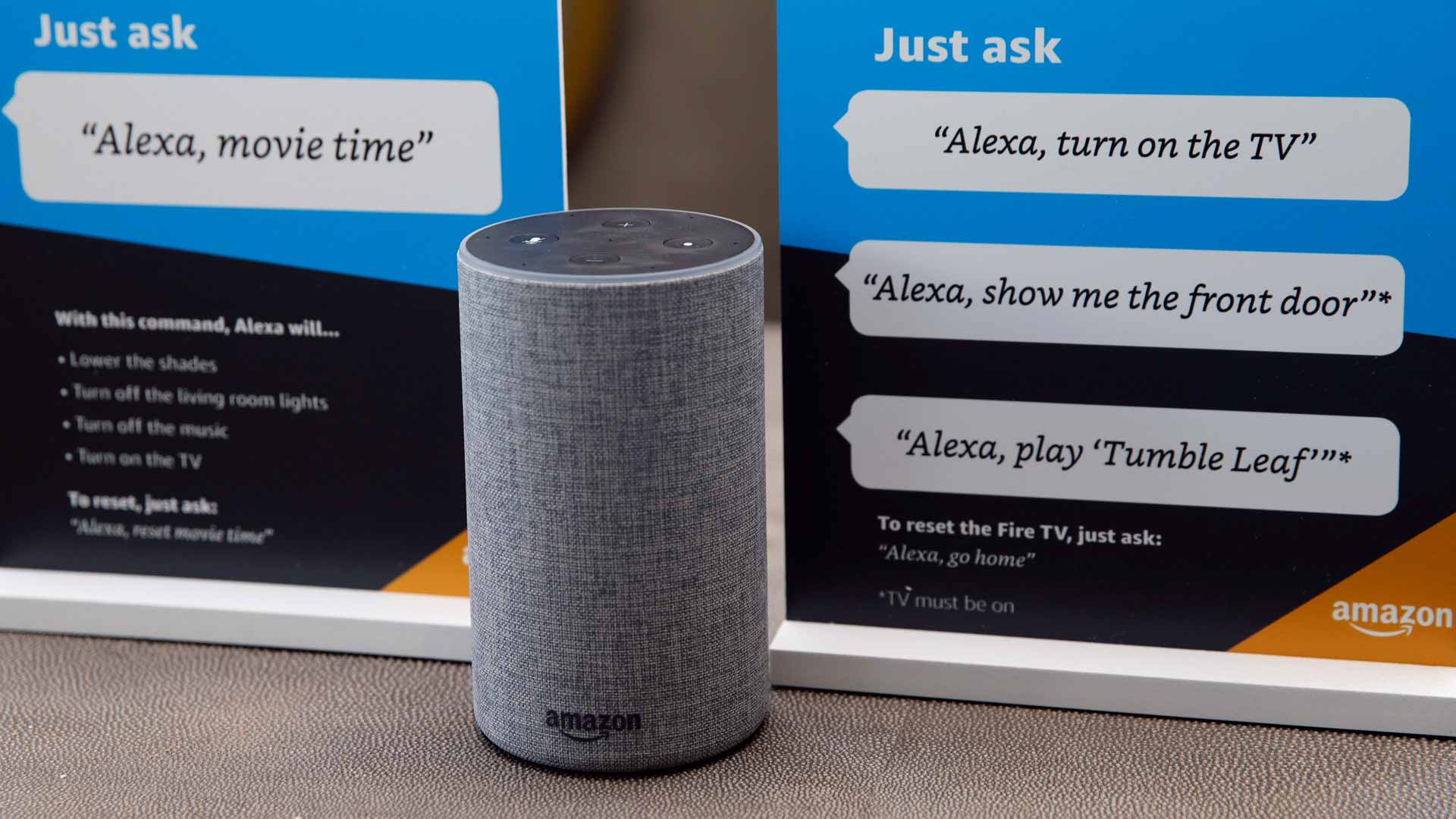
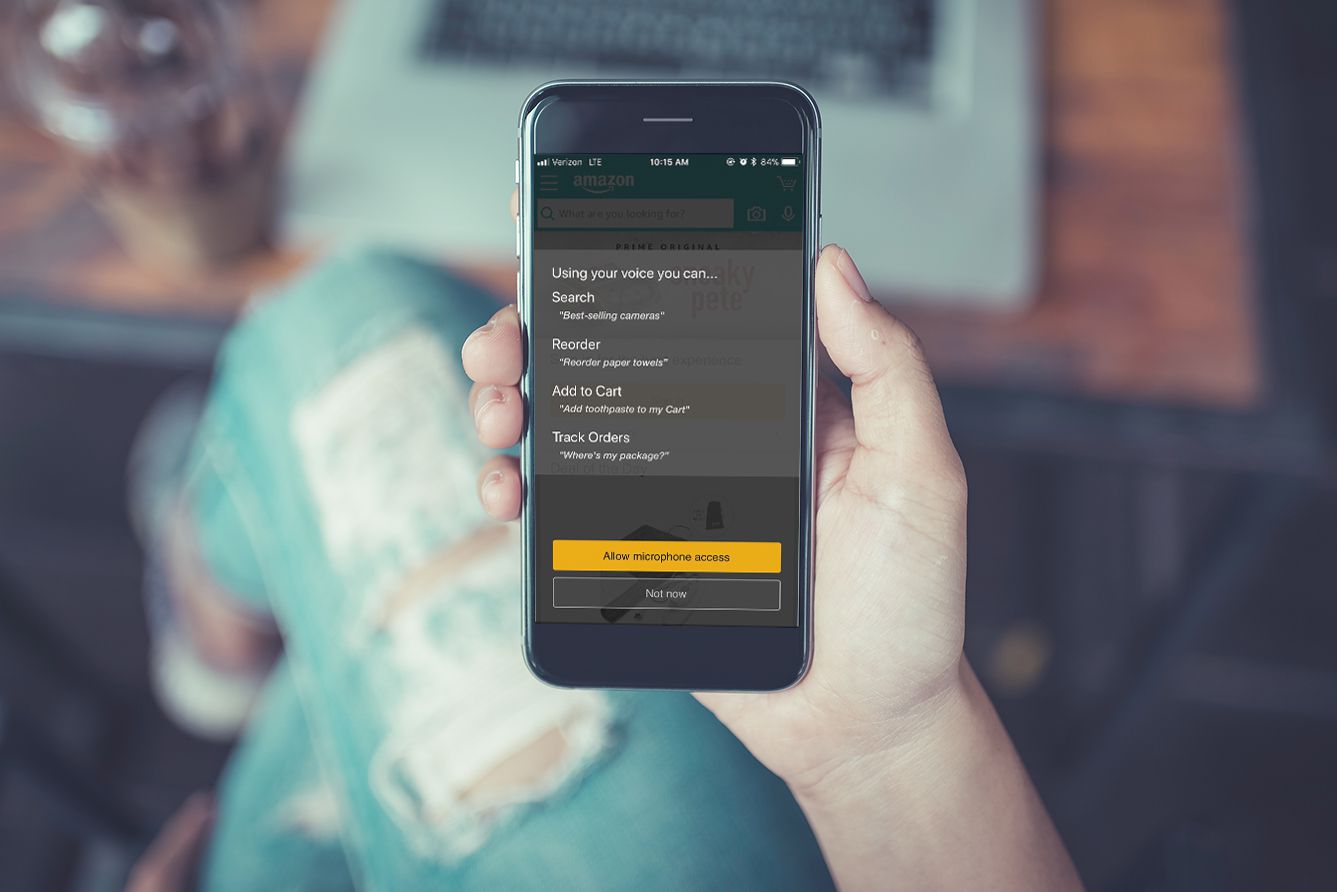
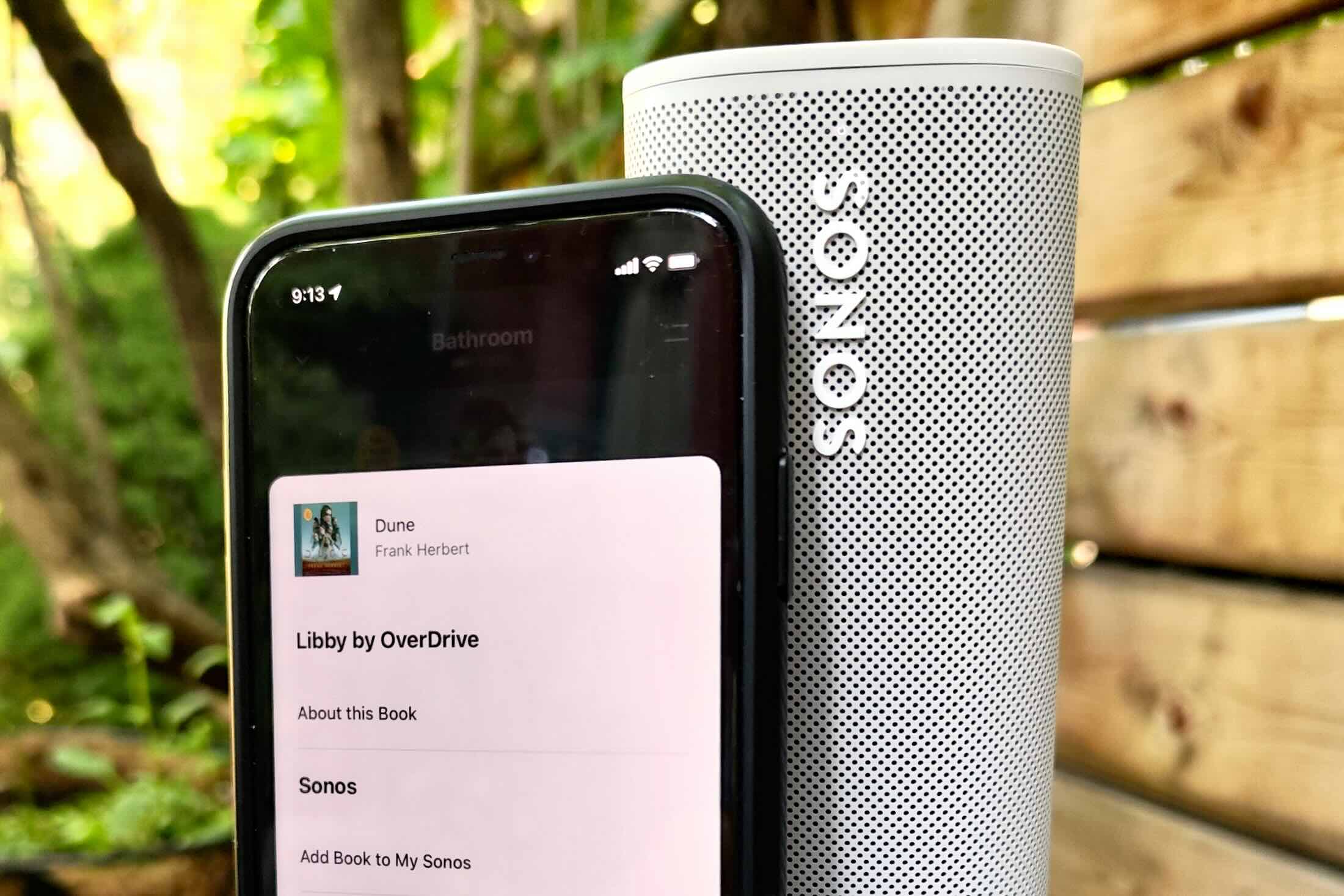
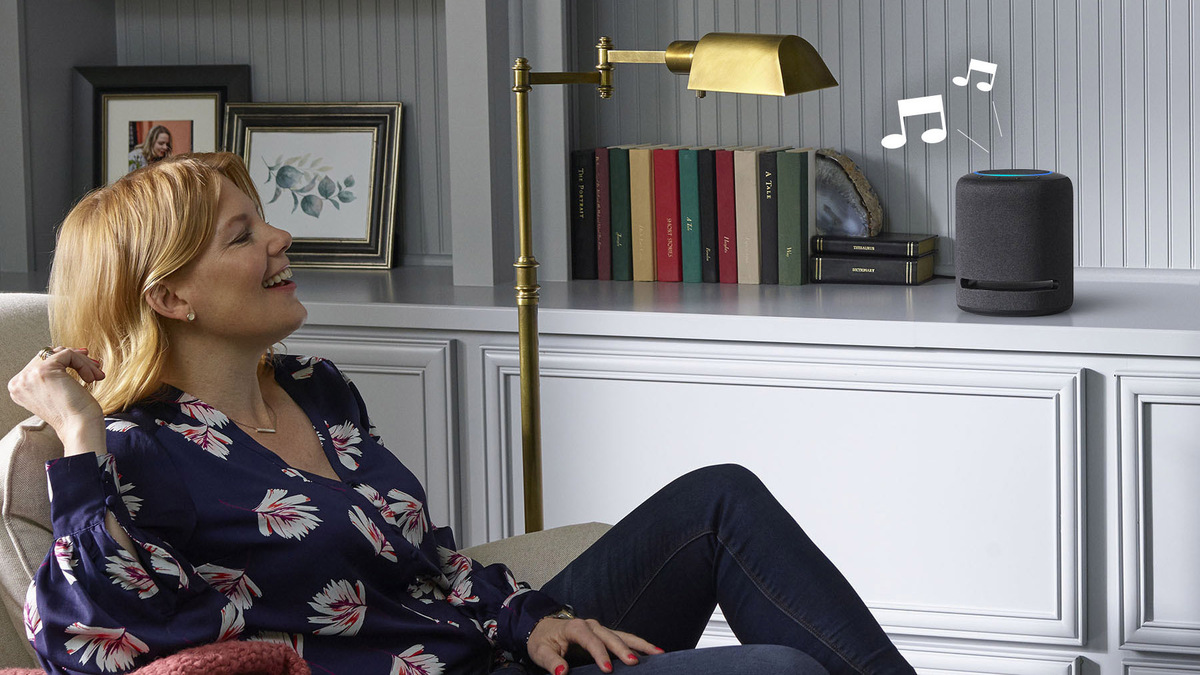
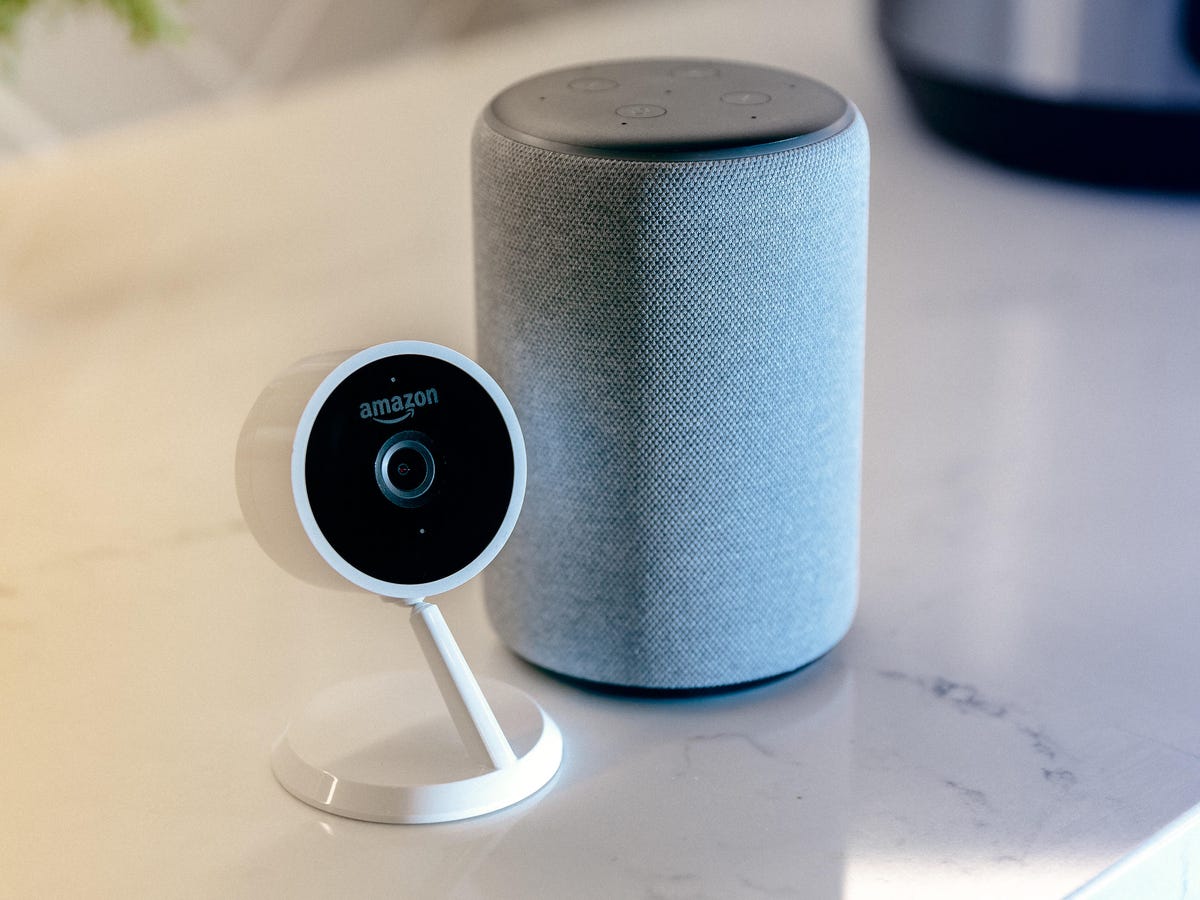
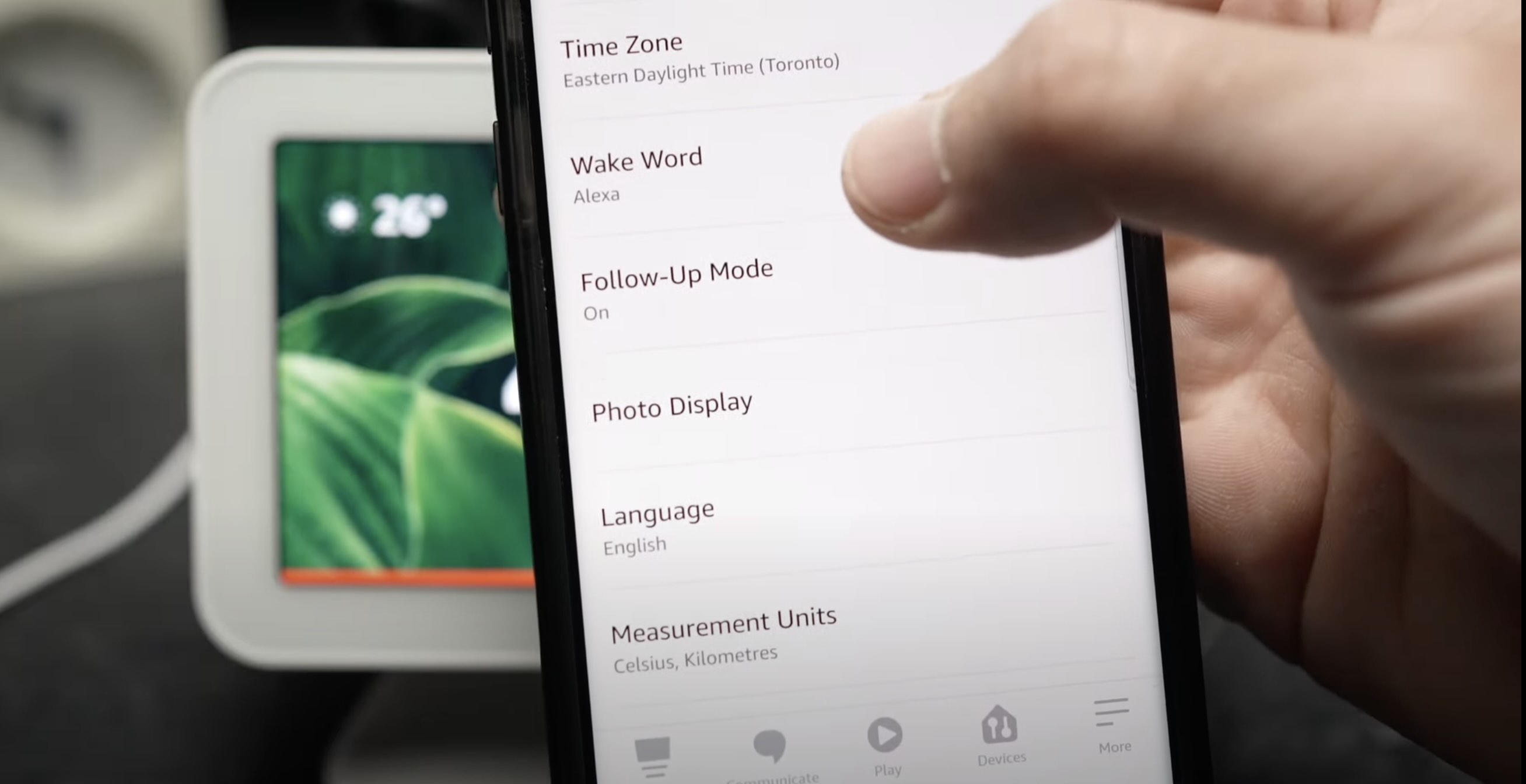
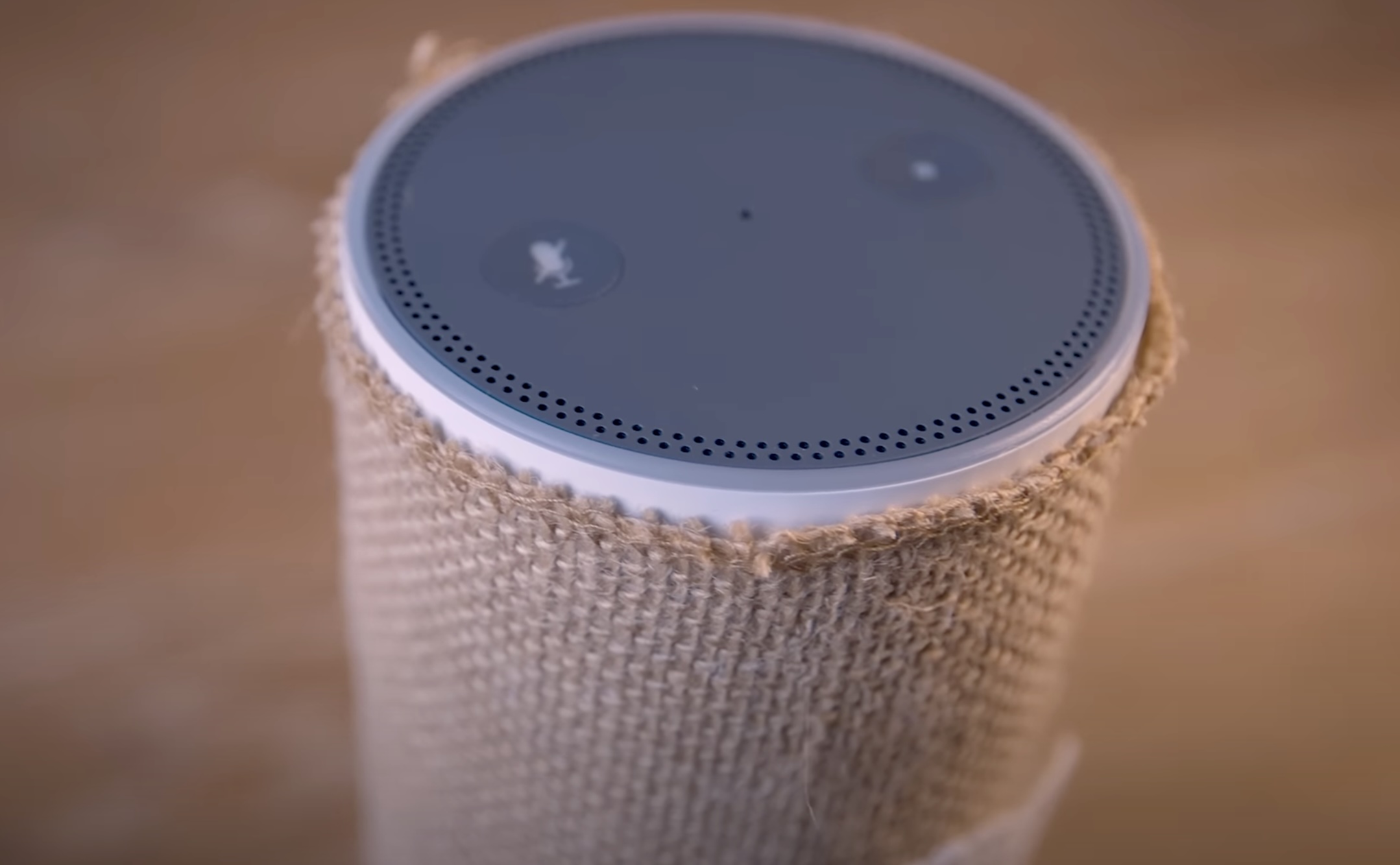
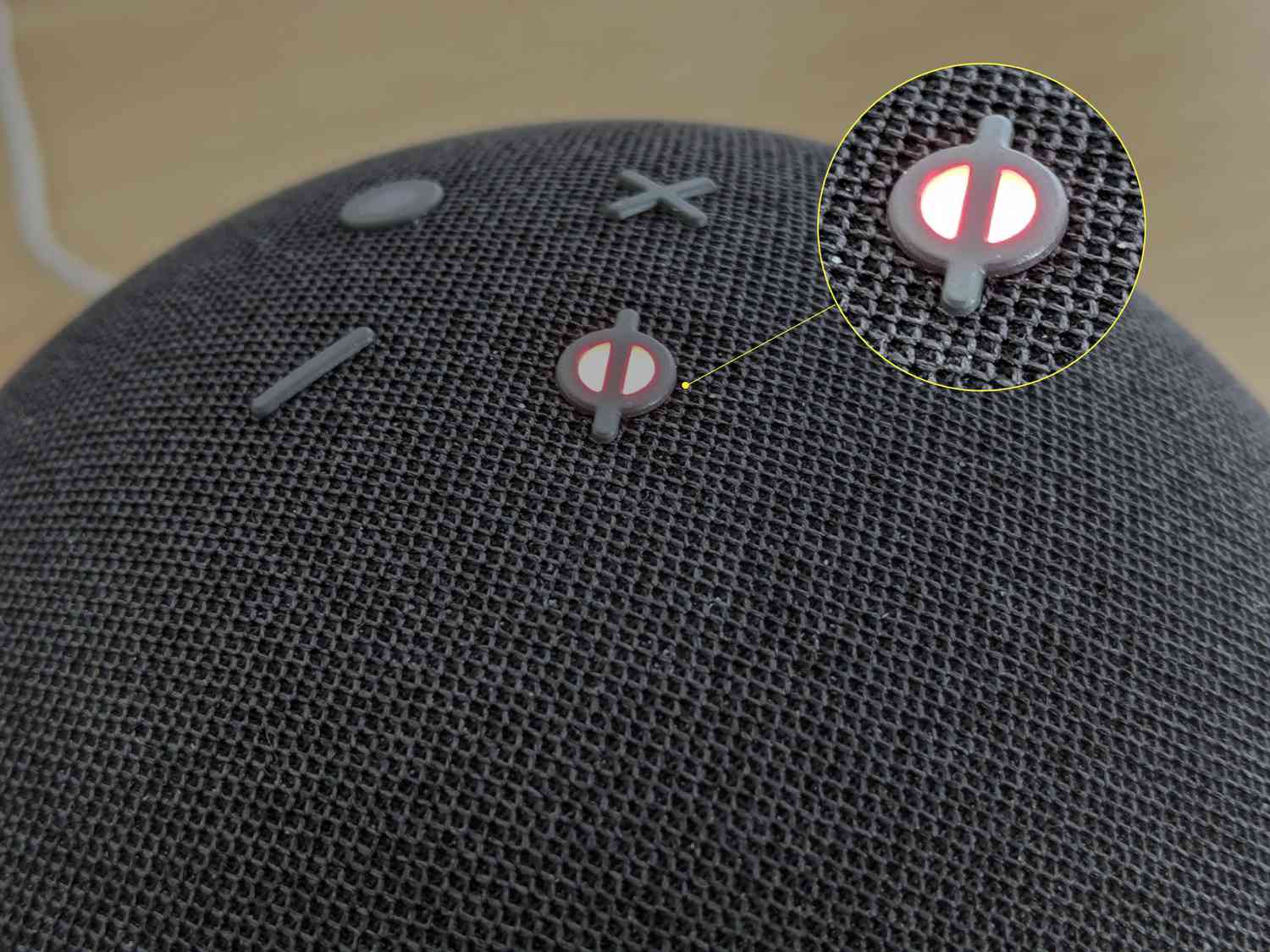

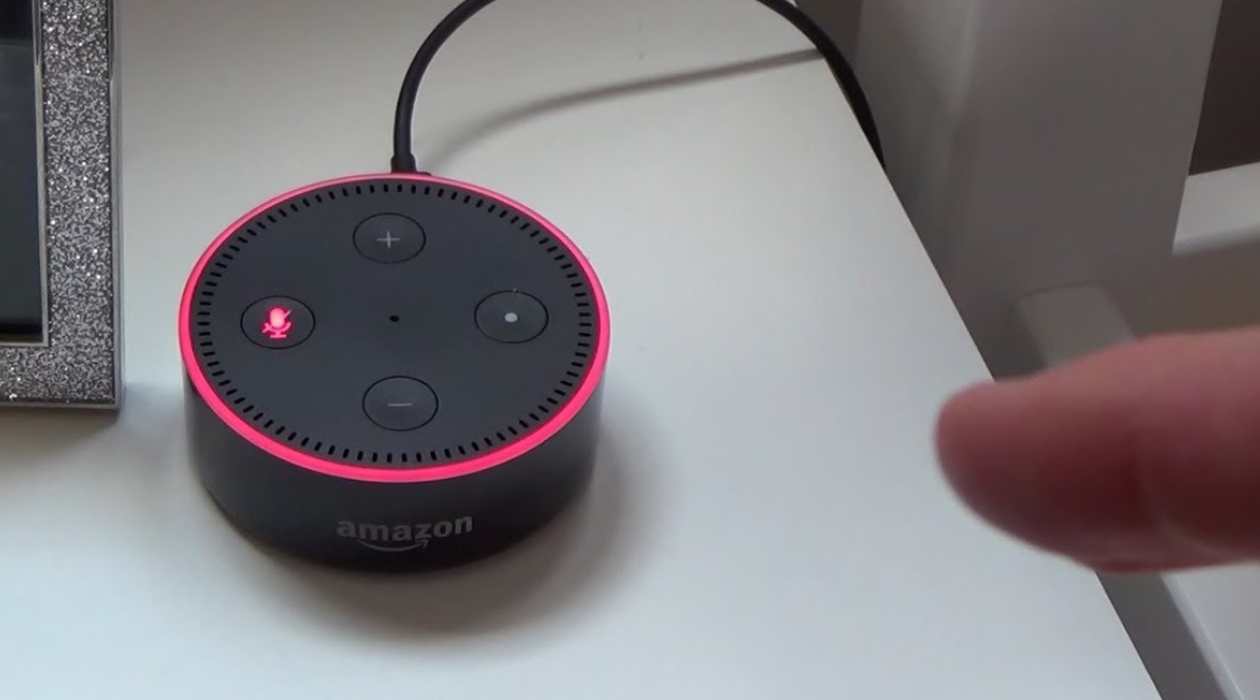
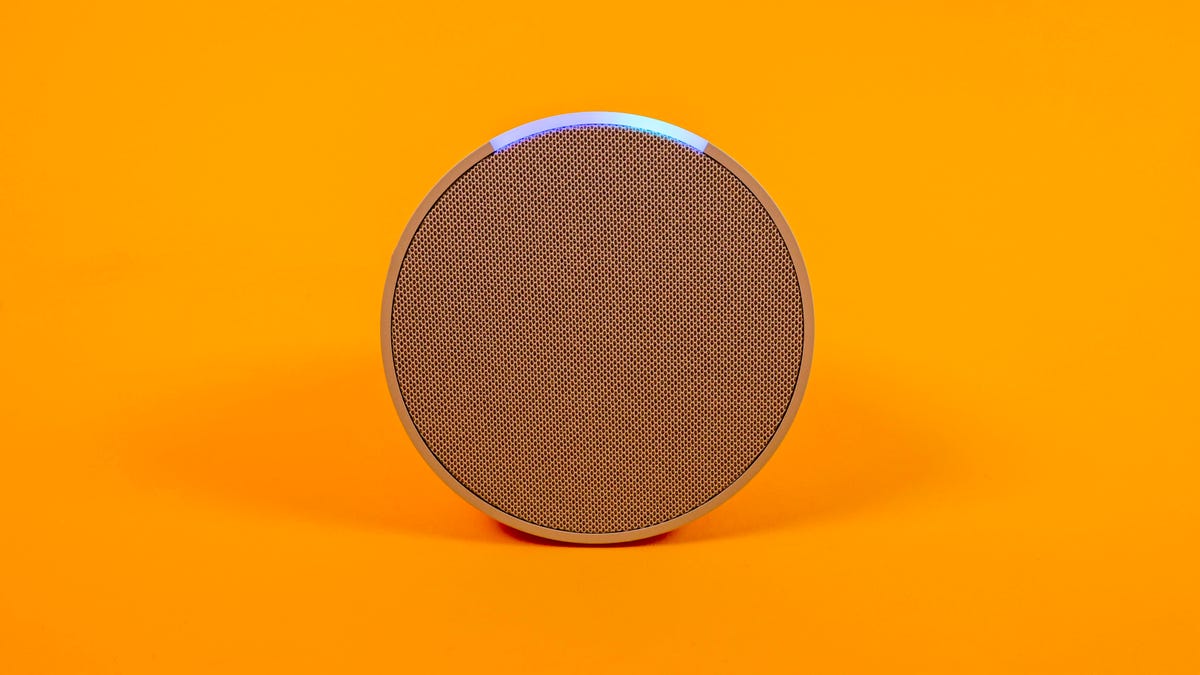
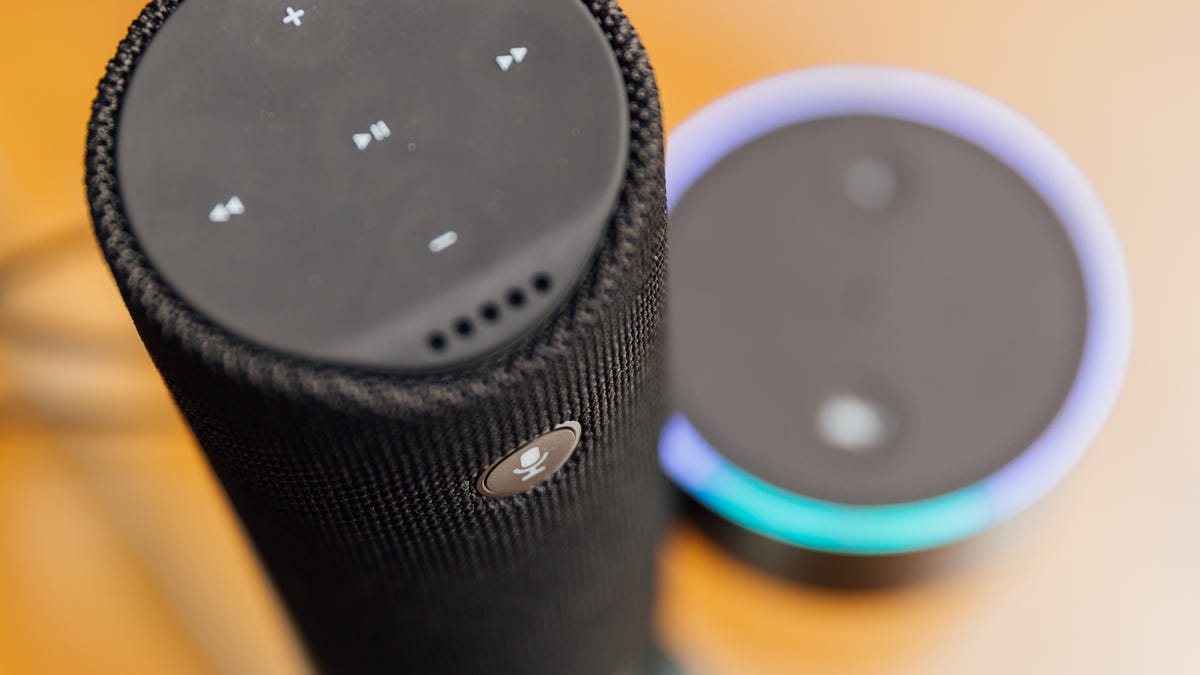

0 thoughts on “How Do I Know If Alexa Is Listening”